Persian architecture, with its intricate artistry and grand structures, is one of the world’s most influential design traditions. Originating in ancient Iran, it spans over 2,500 years of history, blending aesthetics, engineering, and symbolism into breathtaking forms. From the grandeur of Persepolis to the dazzling tilework of Isfahan’s mosques, Persian architecture is a testament to human creativity and cultural richness. In this article, we’ll explore the history, key features, and enduring influence of Persian architecture. A Brief History of Persian Architecture Persian architecture evolved through several dynasties, each adding unique elements: Key Features of Persian Architecture 1. Symmetry and Geometry Persian buildings are renowned for their perfect symmetry and harmonious proportions, reflecting both mathematical precision and spiritual ideals. 2. Iwan A hallmark of Persian design, the iwan is a vaulted hall or space, walled on three sides, with one end entirely open. 3. Domes Persian architects developed the double-shell dome, creating structures that were both majestic and structurally sound. 4. Tilework (Kashi) Glazed tiles in blue, turquoise, and gold were used to create mesmerizing floral, calligraphic, and geometric designs. 5. Gardens (Chahar Bagh) Persian gardens were meticulously planned to symbolize paradise, often with water channels dividing them into four sections. Iconic Examples of Persian Architecture Persepolis – The ceremonial capital of the Achaemenid Empire, showcasing colossal columns and intricate stone carvings. Nasir al-Mulk Mosque, Shiraz – Famous for its “Pink Mosque” stained glass windows and pastel-hued tiles. Sheikh Lotfollah Mosque, Isfahan – A masterpiece of Safavid-era tilework and dome design. …
The Timeless Beauty of Persian Architecture: A Journey Through History and Design
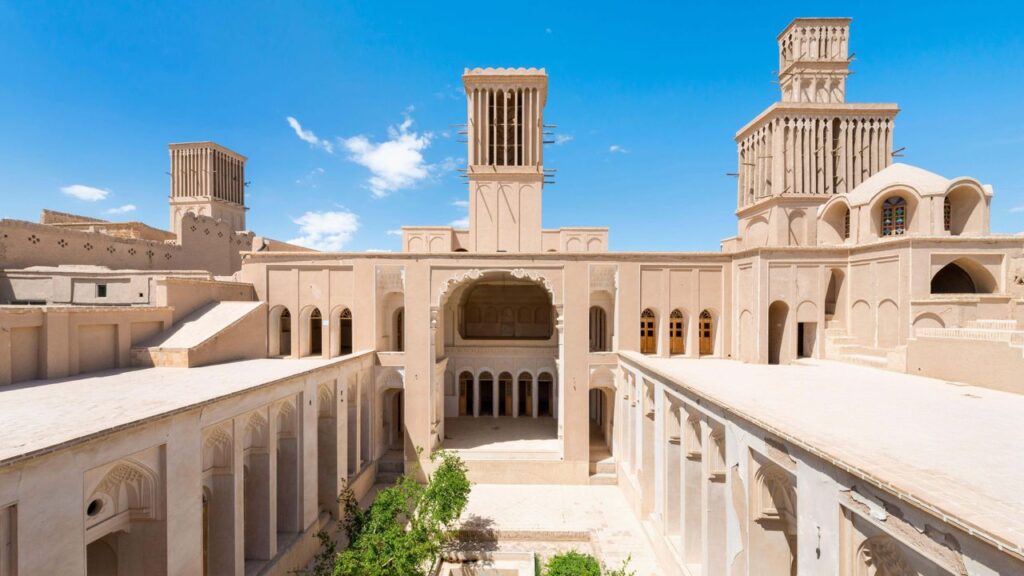
Persian architecture, with its intricate artistry and grand structures, is one of the world’s most influential design traditions. Originating in ancient Iran, it spans over 2,500 years of history, blending aesthetics, engineering, and symbolism into breathtaking forms. From the grandeur of Persepolis to the dazzling tilework of Isfahan’s mosques, Persian architecture is a testament to human creativity and cultural richness.
In this article, we’ll explore the history, key features, and enduring influence of Persian architecture.
A Brief History of Persian Architecture
Persian architecture evolved through several dynasties, each adding unique elements:
- Achaemenid Period (550–330 BCE) – Known for monumental palaces and columned halls, as seen in Persepolis.
- Parthian Period (247 BCE–224 CE) – Introduced large-scale iwans (vaulted halls) and domes.
- Sassanian Period (224–651 CE) – Perfected the use of brickwork and grand arches.
- Islamic Period (7th century onward) – Added intricate geometric patterns, calligraphy, and glazed tiles to religious and civic buildings.
Key Features of Persian Architecture
1. Symmetry and Geometry
Persian buildings are renowned for their perfect symmetry and harmonious proportions, reflecting both mathematical precision and spiritual ideals.
2. Iwan
A hallmark of Persian design, the iwan is a vaulted hall or space, walled on three sides, with one end entirely open.
3. Domes
Persian architects developed the double-shell dome, creating structures that were both majestic and structurally sound.
4. Tilework (Kashi)
Glazed tiles in blue, turquoise, and gold were used to create mesmerizing floral, calligraphic, and geometric designs.
5. Gardens (Chahar Bagh)
Persian gardens were meticulously planned to symbolize paradise, often with water channels dividing them into four sections.
Iconic Examples of Persian Architecture
Persepolis –
The ceremonial capital of the Achaemenid Empire, showcasing colossal columns and intricate stone carvings.
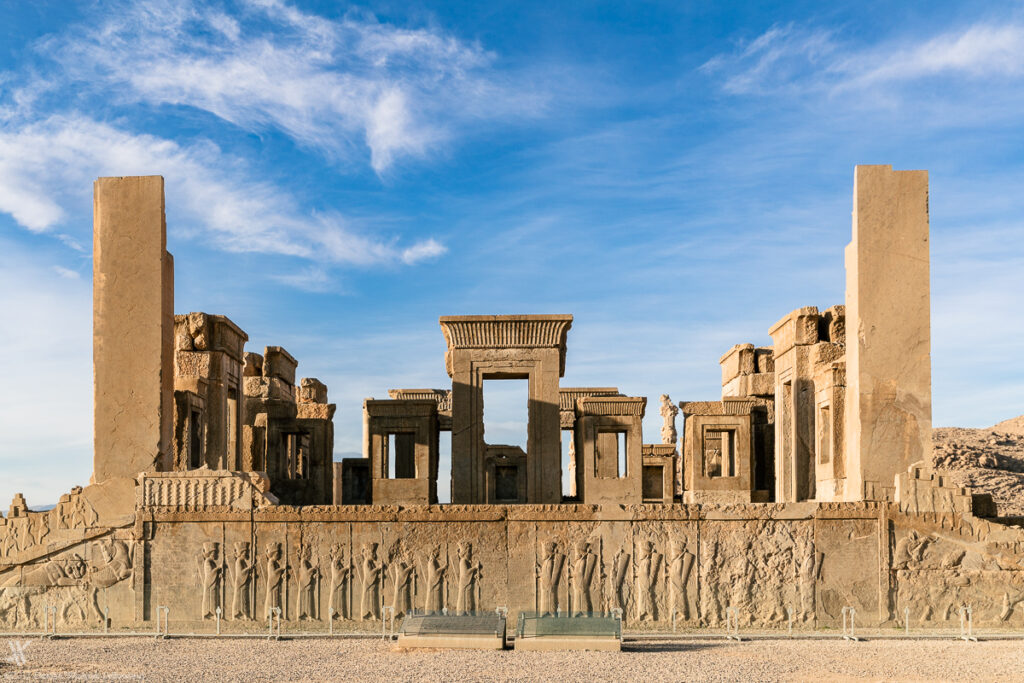
Nasir al-Mulk Mosque, Shiraz –
Famous for its “Pink Mosque” stained glass windows and pastel-hued tiles.
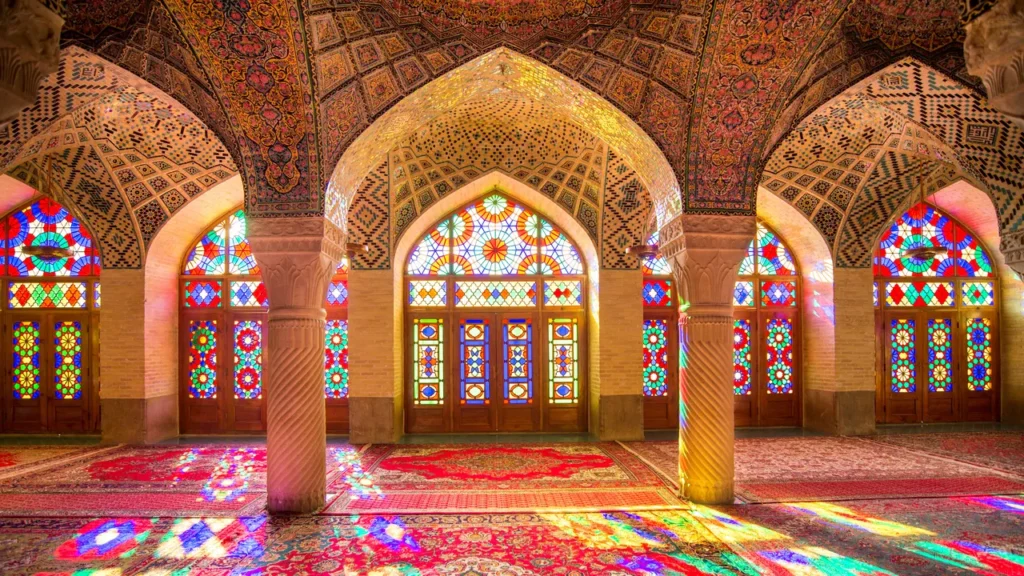
Sheikh Lotfollah Mosque, Isfahan –
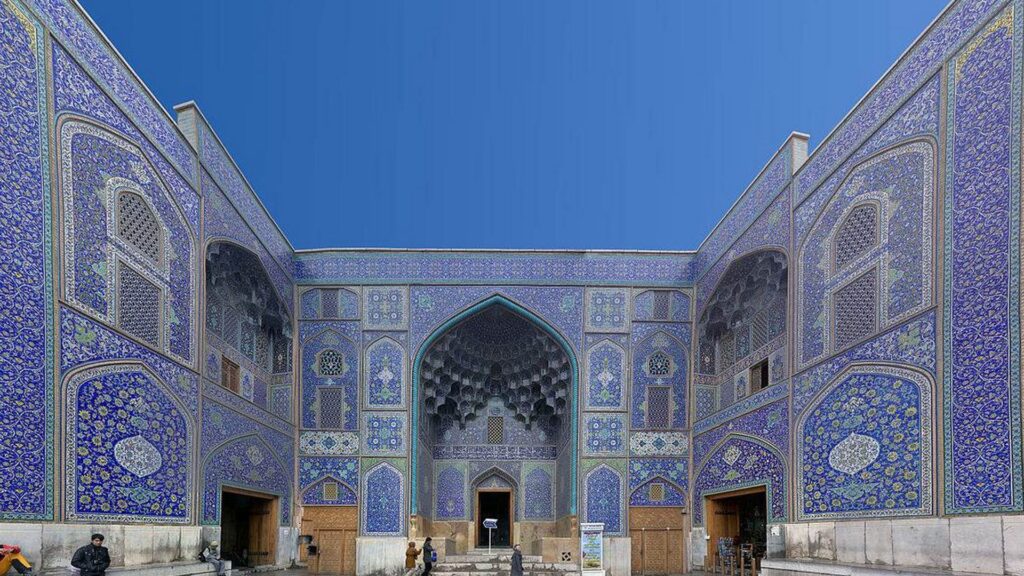
A masterpiece of Safavid-era tilework and dome design.
Golestan Palace, Tehran –
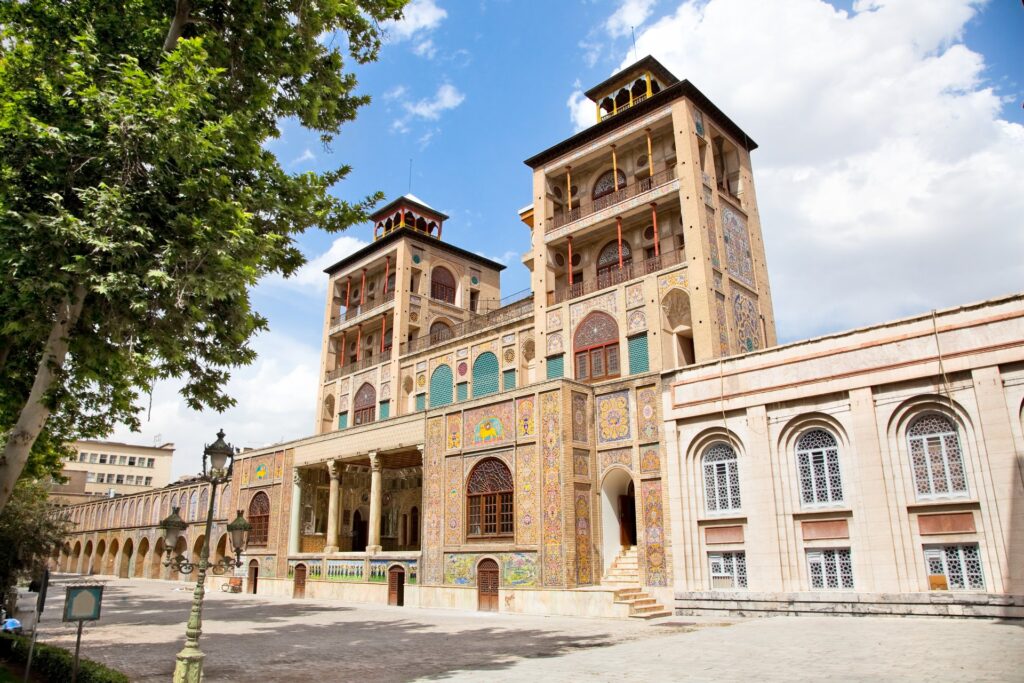
A blend of Persian tradition and European influences.
Influence on Global Architecture
Persian architectural principles have influenced designs far beyond Iran, shaping Islamic architecture in Central Asia, India (like the Taj Mahal), and even parts of Europe. Its geometric patterns, garden layouts, and structural innovations continue to inspire modern architects.
Also Read – Arab World Institute: Where Culture and Architecture Unite in Paris
Bringing Persian Style into Modern Design
If you love the elegance of Persian architecture, you can integrate its elements into your home:
- Use mosaic tiles in blue and gold for backsplashes or feature walls.
- Add arches and domed ceilings where possible.
- Incorporate Persian rugs for warmth and color.
- Create a courtyard or garden with water features for a tranquil outdoor space.
Final Thoughts
Persian architecture is not just about buildings — it’s about a worldview where art, nature, and engineering coexist in perfect harmony. By studying its principles, we gain insight into a civilization that valued beauty as much as function.


